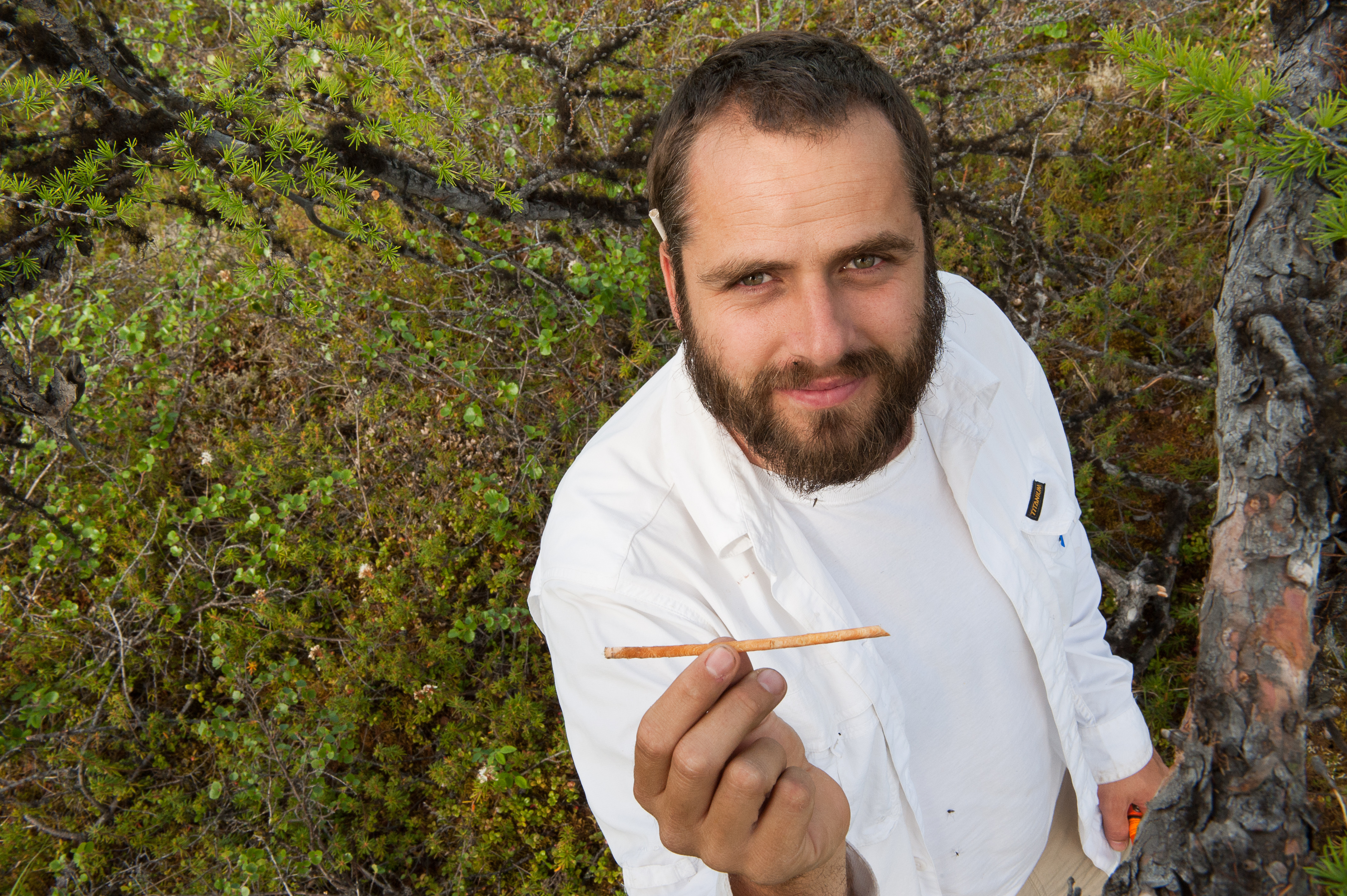The first time WWU Professor of Environmental Science Andy Bunn went to Siberia in 2008 with the Polaris Project, a multinational effort to understand the impact of climate change on the Arctic, he thought he knew what to expect.
“Mosquitos, and lots of them,” he says.
He was right, but what he also learned during the five summers spent there along with six lucky Western undergrads and two graduate students was how quickly the Arctic was changing.
“I didn’t appreciate the massive changes that were happening in the far north, or how quickly those changes were occurring,” he says.
The process of climate change accelerates the closer one gets to the North or South Poles, which makes Siberia pretty much ground zero for the Big Thaw. Temperatures are rising there more than twice as fast as they are rising at the equator.
The Siberian permafrost isn’t just a crust of frozen ground on or near the surface – in parts of Siberia it sinks to more than 4,000 feet, and scientists estimate that it took more than 500,000 years of freezing Arctic temperatures for the permafrost to reach that depth.
But the permafrost is thawing, says Bunn.
“As the soils in the Arctic thaw, the carbon that is stored in them becomes available for microorganisms to decompose. Microbes consume soil carbon the same way that we consume food. When we eat something we break apart the molecules to release energy and breathe out carbon dioxide and water vapor,” he says. “Microbes do that too – but they are consuming a food source that has been frozen for thousands, sometimes tens of thousands of years. This creates a new source of carbon that enters the atmosphere and one we have to account for as we try to better understand the interplay between carbon dioxide and climate change.”
As the permafrost thaws it releases some carbon back into the atmosphere in the form of methane, doubling down on the greenhouse gases that are already warming the planet.
“Methane, is a much more potent greenhouse gas than carbon dioxide. How much carbon will be emitted from northern soils as carbon dioxide and how much will be from methane is still very much an open question,” Bunn says.
“Regardless of when and how much carbon emerges from Arctic permafrost, we have an overwhelming need to transition our energy use from carbon-based fuels to sources that are easier on the atmosphere,” says Bunn, who was the founding director of Western’s Institute for Energy Studies, which examines the impact and potential of new and emerging energy sources.
“Making that transition is the single-most important challenge humanity has ever faced. Our students are the ones leading this charge and our job is to teach them what we know and support them as they work toward a solution,” he says.
As research begins to move forward on how to counteract, deal with, and understand what the Siberian Big Thaw means for the planet, each passing year brings a longer and hotter summer —and more thawed-out permafrost.
